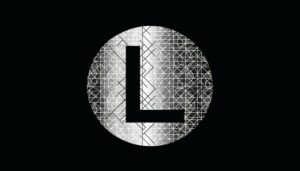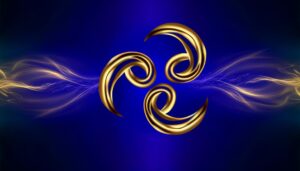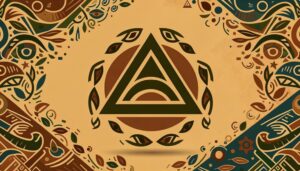Cultural Meanings of the Circle and Cross Symbol
The circle and cross symbols collectively embody profound meanings rooted in ancient civilizations such as Mesopotamia and Egypt. They represent cosmic order, unity, and cyclical nature.
In religious contexts, they signify spiritual unity, divine intersection, and eternal life, central to beliefs in Christianity and other faiths. Culturally, they adapt to modern uses in logos, digital interfaces, and holistic wellness practices.
Psychologically, the circle evokes completeness and protection, while the cross can elicit a range of emotions. In art and mythology, these symbols illustrate interconnectedness and balance, offering deep insights into human existence.
Discover their intricate layers and enduring relevance further.
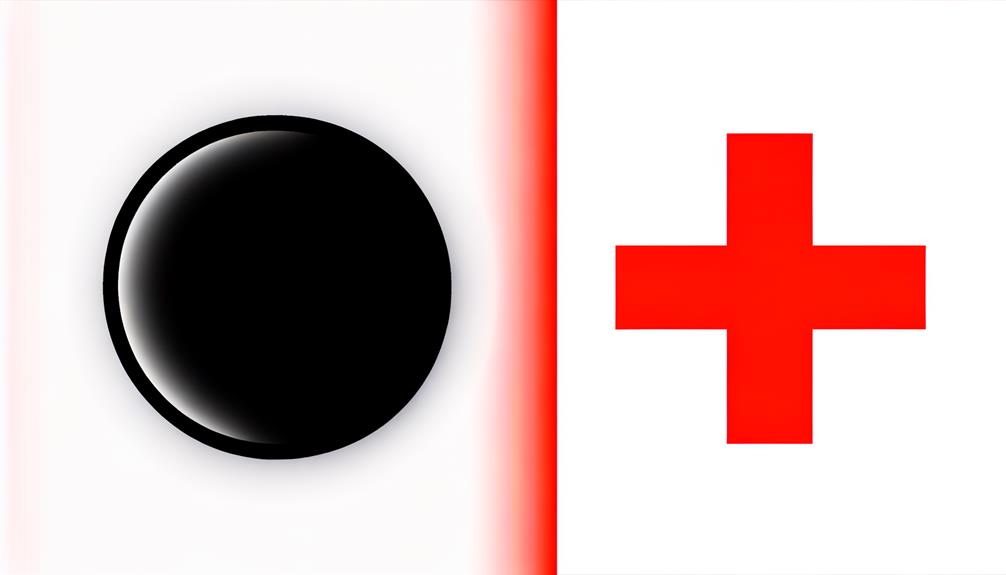
Key Takeaways
- The circle symbolizes wholeness, eternity, and the cyclical nature of life.
- The cross represents the intersection of the spiritual and physical realms.
- Together, the circle and cross denote cosmic balance and unity.
- Common in various cultures, they symbolize eternal life and divine presence.
- Used in modern contexts to signify holistic wellness, spiritual unity, and balance.
Historical Origins
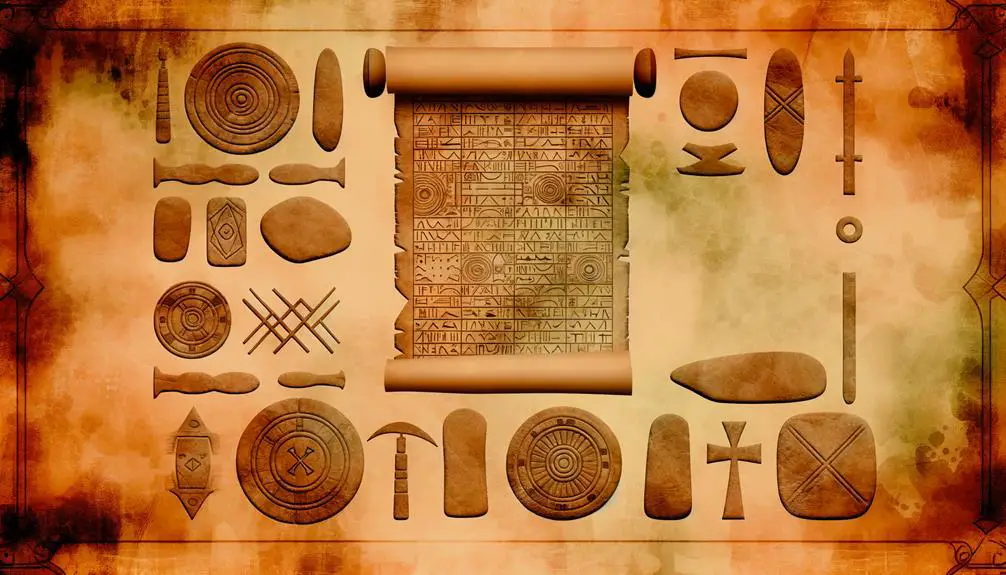
The historical origins of the circle and cross symbol can be traced back to ancient civilizations, where it was often imbued with deep philosophical and cosmological significance.
In Mesopotamia, it represented the intersection of the celestial equator with the path of the sun, a fusion of earth and sky signifying cosmic order.
Similarly, in ancient Egypt, the ankh—a cross with a loop at the top—symbolized life and eternal existence.
The symbol's presence in Neolithic European artifacts further underscores its ubiquity and profound resonance.
These early uses reveal a shared human endeavor to encapsulate complex ideas of unity, the infinite, and the cyclical nature of existence within a simple yet potent geometric form.
Religious Significance
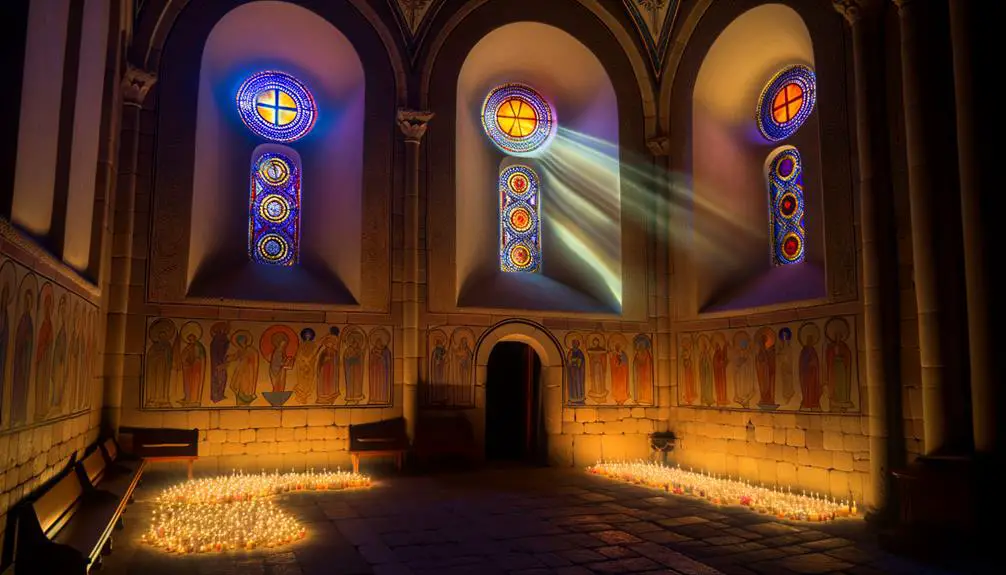
In religious contexts, the circle and cross symbol often serves as a profound representation of spiritual unity, divine intersection, and cosmic balance. The circle, embodying eternity and wholeness, is frequently interpreted as the infinite nature of the divine, encompassing all existence.
The cross, intersecting the circle, signifies the convergence of earthly and heavenly domains, thereby representing a bridge between the human and the divine. In Christianity, this symbol underscores the central tenets of faith: the cross as a sacrificial element and the circle as the eternal life promised through resurrection.
Across various spiritual traditions, this emblem encapsulates the harmonious interplay between the temporal and the eternal, offering a visual theology that speaks to the interconnectedness of all creation.
Cultural Interpretations
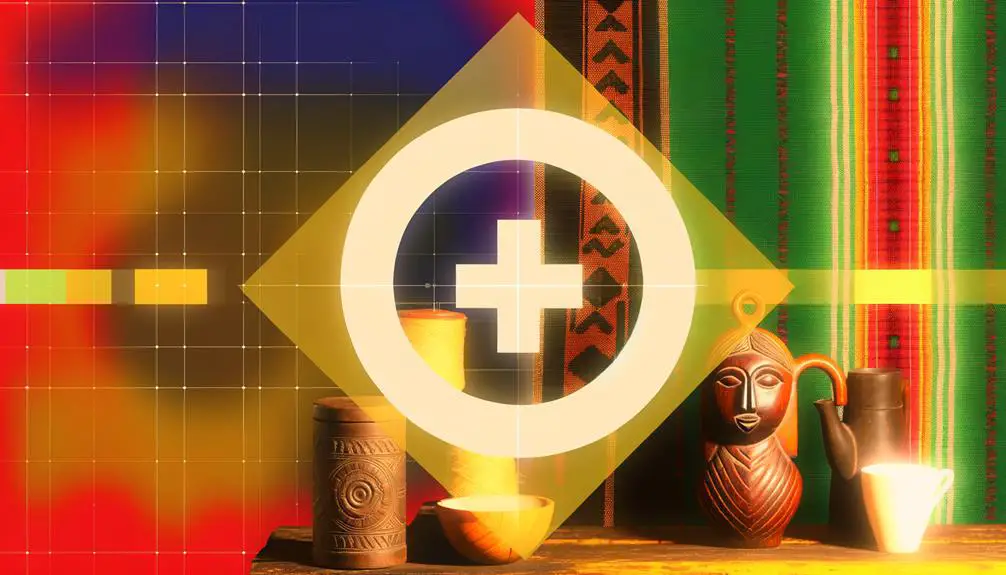
The circle and cross symbol has been ingrained in various cultural contexts, bearing distinct meanings from ancient times to the present. In ancient cultures, it often signified cosmological and elemental principles, while in modern contexts, it has been appropriated for diverse symbolic uses, from national emblems to contemporary art.
Examining these cultural interpretations reveals the symbol's dynamic evolution and its enduring significance across different epochs and societies.
Ancient Cultural Significance
Ancient civilizations often imbued the circle and cross symbol with profound spiritual and cosmological significance, reflecting their complex worldviews and religious beliefs. These symbols were not mere artistic representations but encapsulated deeper meanings tied to the fabric of existence.
The circle, representing wholeness and eternity, often intersected with the cross to symbolize the union of opposites or the intersection of the divine and earthly domains.
- Celtic Cross: Merged Christian and pagan elements, symbolizing eternal life and spiritual navigation.
- Egyptian Ankh: Combined a loop (circle) and a T-shaped cross, representing life and immortality.
- Mesoamerican Cross: Represented the four cardinal directions and the cyclical nature of time.
- Hindu Mandala: Utilized the circle and cross to signify cosmic order and spiritual enlightenment.
These interpretations underscore the symbol's enduring significance.
Modern Symbolic Uses
Throughout history, the circle and cross symbol has evolved, finding new interpretations and applications within contemporary cultural contexts.
In modern symbolism, the amalgamation of these shapes often manifests in logos, conveying unity and intersectionality. For instance, the gender symbol for females (♀) and males (♂) incorporates this motif, representing identity and societal roles.
Additionally, in spiritual and New Age practices, the circle and cross can denote holistic wellness and balance, reflecting the integration of body, mind, and spirit.
Besides, in digital interfaces, the symbol is routinely employed to signify actions such as closing windows (the cross) or loading processes (the circle), illustrating its adaptability and enduring relevance in a technologically driven world.
Psychological Impact
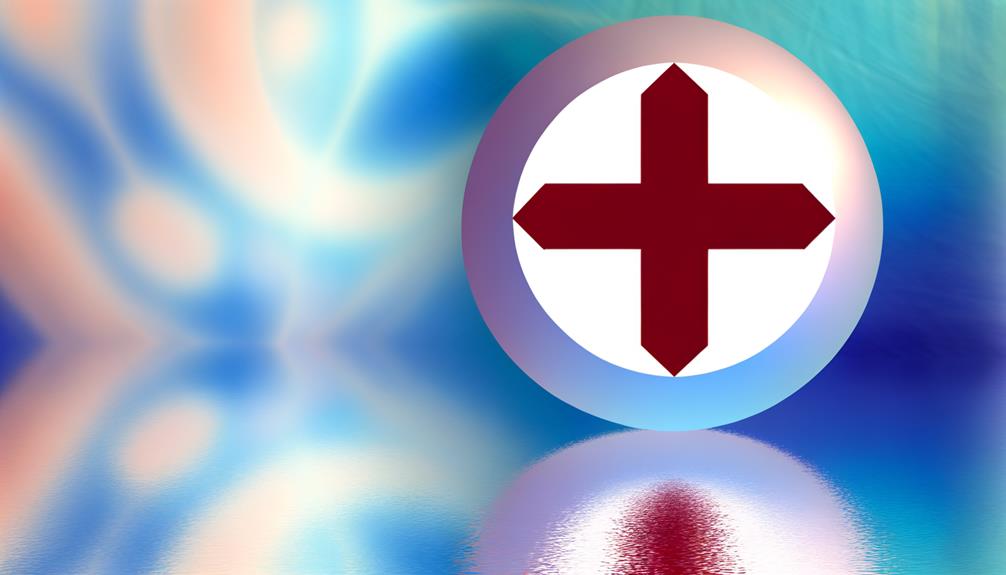
The psychological impact of circle and cross symbols is multifaceted, as individual perception of these shapes can vary greatly based on personal and cultural contexts.
These symbols often evoke distinct emotional responses, which may range from feelings of completeness and harmony associated with circles to notions of intersection and conflict suggested by crosses.
Moreover, the interpretation of these symbols is deeply influenced by cultural backgrounds, shaping their meaning and emotional resonance in diverse ways.
Symbol Perception Differences
Understanding how individuals perceive symbols like the circle and cross reveals significant psychological differences rooted in cultural, historical, and personal contexts. These symbols often carry distinct meanings based on various factors, which can influence their interpretation:
- Cultural Background: Different cultures imbue symbols with unique significance. For instance, the circle might represent infinity in one culture and unity in another.
- Historical Context: Historical usage shapes perception. The cross, for instance, can evoke religious connotations or historical events.
- Personal Experience: Individual experiences and associations alter symbol interpretation, making it highly subjective.
- Educational Influence: Academic exposure to symbols contributes to nuanced understanding, affecting how they are perceived and analyzed.
These elements collectively underscore the complexity in symbol perception, highlighting the multifaceted nature of psychological impact.
Emotional Responses Evoked
Symbols such as the circle and cross evoke distinct emotional responses, profoundly shaped by their cultural, historical, and personal significance. Psychologically, the circle often engenders feelings of completeness, unity, and protection, likely due to its universal representation of wholeness and infinity.
Conversely, the cross can evoke a complex spectrum of emotions ranging from solace and faith to conflict and suffering, depending on individual and collective experiences. The juxtaposition of these shapes underscores their capacity to elicit deep-seated emotional reactions, which are not merely aesthetic but anchored in subconscious associations and learned meanings.
The psychological impact of these symbols extends beyond their visual simplicity, influencing human emotions and behaviors in nuanced ways.
Cultural Symbol Interpretations
Frequently, cultural interpretations of symbols like the circle and cross reveal profound psychological impacts that are deeply embedded within societal narratives and individual psyches. These symbols serve as conduits for communal values and individual identity formation, resonating powerfully across diverse cultures.
The circle often represents concepts of unity, wholeness, and eternity, while the cross can signify sacrifice, intersectionality, and faith. The psychological effects can be profound, influencing:
- Collective identity and unity: fostering social cohesion and shared purpose.
- Personal introspection: prompting individuals to reflect on their beliefs and values.
- Cultural continuity: preserving traditions and historical narratives.
- Emotional grounding: providing stability and comfort in times of uncertainty.
Understanding these impacts underscores the significance of symbols in shaping human experience and societal structures.
Modern Usage

In contemporary contexts, the circle and cross symbol has been appropriated and reinterpreted across various disciplines, ranging from digital culture to modern spiritual practices.
In digital interfaces, the symbol often signifies options like 'close' or 'cancel,' encapsulating the functional dichotomy of selection versus rejection.
Meanwhile, in modern spiritual practices, the symbol continues to embody unity and spiritual intersectionality, often used in rituals and meditative practices to represent holistic balance.
Moreover, the symbol is prevalent in gender discourse, where it denotes female identity and empowerment.
This multifaceted usage underscores its enduring versatility, reflecting both historical roots and contemporary relevance.
Its adaptability ensures continued resonance across diverse fields, illustrating its profound and evolving significance in modern society.
Symbolism in Art
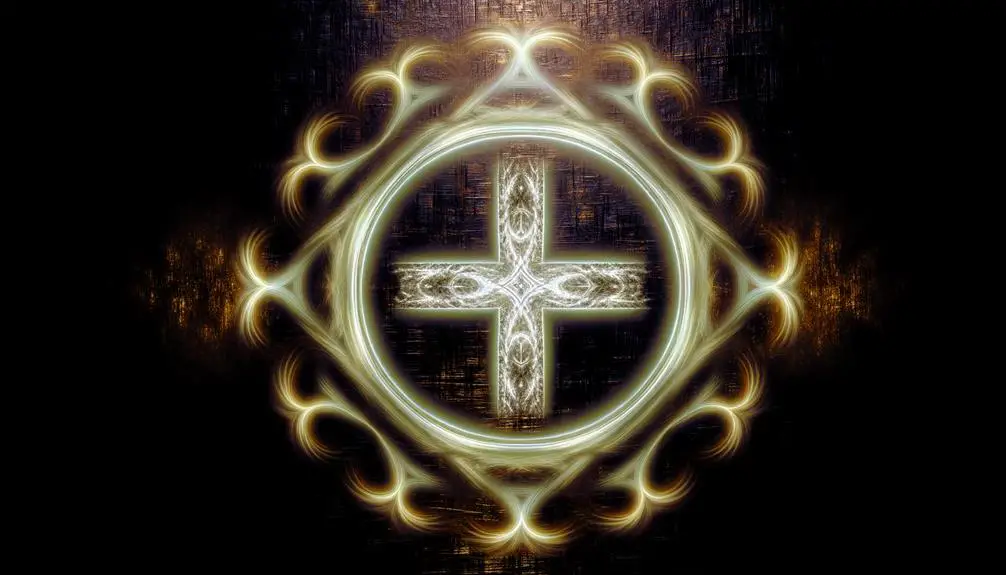
Artists have long employed the circle and cross symbol to infuse their works with layers of meaning that resonate across cultural and historical contexts. This potent iconography serves as a versatile tool in visual art, often representing complex themes and concepts.
- Unity and Infinity: The circle often connotes wholeness, eternity, and the cyclical nature of life.
- Intersection and Balance: The cross symbolizes the meeting of different planes, balancing opposing forces.
- Spiritual and Religious Significance: Both symbols are frequently used to evoke spiritual contemplation and divine presence.
- Cultural Syncretism: Artists blend these symbols to bridge diverse cultural narratives, enriching the interpretative depth of their work.
Cross and Circle in Mythology
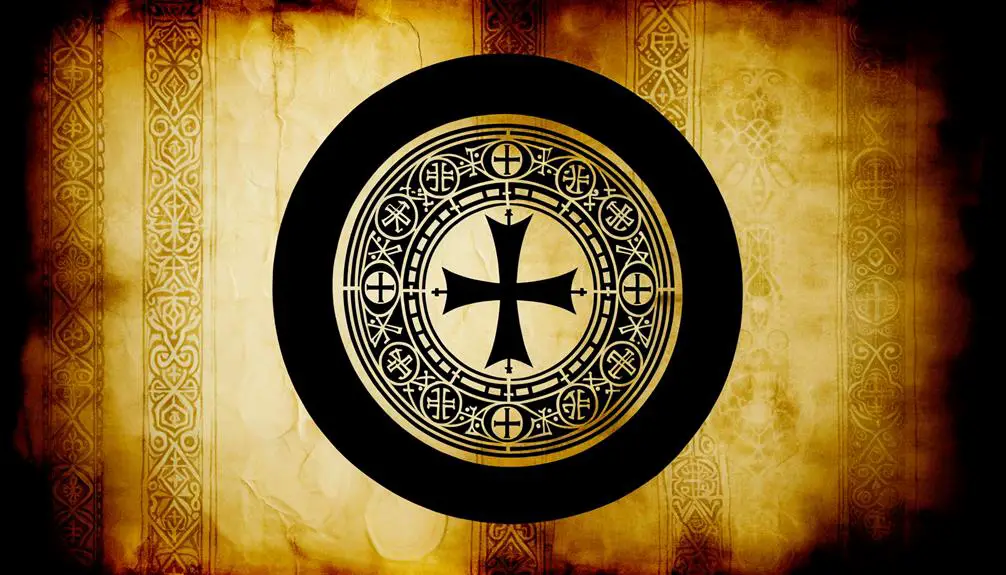
The profound symbolism of the cross and circle manifests prominently in various mythologies, where they often represent cosmological structures and divine principles.
In Celtic mythology, the cross within a circle, known as the Celtic Cross, symbolizes the intersection of the physical and spiritual domains.
Similarly, in Native American traditions, the Medicine Wheel, a circle with a cross, embodies the cyclical nature of life and the four cardinal directions.
Hindu cosmology features the mandala, a circular diagram with a central point, reflecting the universe's spiritual essence and unity.
These symbols encapsulate profound metaphysical concepts, illustrating the interconnectedness of all existence and the harmonious balance between earthly and celestial spheres.
Their recurrence across cultures underscores their universal resonance and timeless significance.
Contemporary Relevance
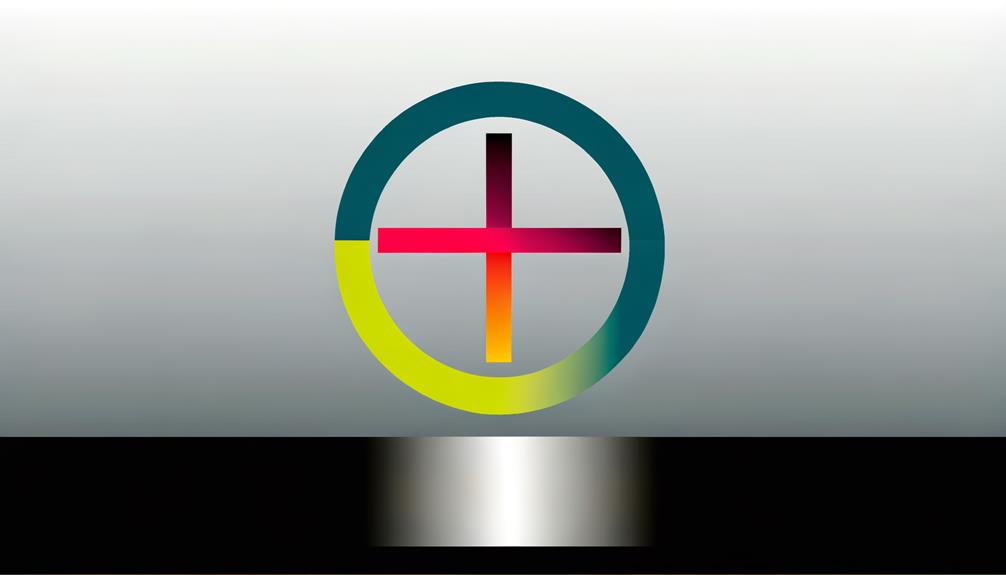
Exploring the contemporary relevance of the circle and cross symbols, one discovers their enduring presence in modern spirituality, psychology, and art, reflecting a deep-seated human quest for meaning and interconnectedness.
The circle often symbolizes wholeness, unity, and eternity, resonating in practices like meditation and mindfulness.
The cross, meanwhile, signifies intersectionality and balance, frequently appearing in therapeutic contexts as a representation of life's dualities.
- Modern Spirituality: Circles and crosses are central to rituals and meditative practices.
- Psychological Symbolism: Used in Jungian analysis to represent the Self and individuation.
- Art and Design: Iconography in contemporary visual arts and architecture.
- Cultural Identity: Emblems in global indigenous and neo-pagan practices.
These symbols continue to offer profound insights into human nature and collective consciousness.
Conclusion
In summation, the circle and cross symbol, stemming from storied origins and religious relevance, resonates across cultures with profound psychological and artistic implications.
Persisting in modern usage, it permeates mythology and maintains contemporary significance.
This emblem encapsulates a confluence of historical heritage and cultural continuity, compelling contemplation and critical analysis.
The enduring appeal and adaptability of the circle and cross underscore their universal and timeless essence, inviting ongoing scholarly scrutiny and interpretation.

